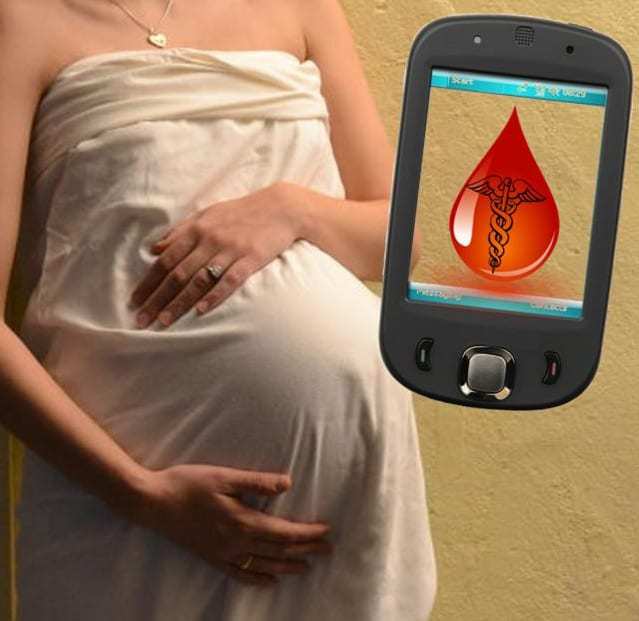 The use of cell phones has now been implemented to assist expectant moms.
The use of cell phones has now been implemented to assist expectant moms.
In Bangladesh, expectant mothers can now take advantage of mhealth benefits through the use of their cell phones, in a program that allows them to use SMS text messaging to help to combat the high risk in the region from both maternal and infant mortality.
Many expectant mothers don’t know what steps they should be taking for medical care, but these programs help.
It isn’t uncommon for them to be completely unaware of the fact that it would be best to visit a medical professional for regular checkups throughout the pregnancy. The new mhealth program, which is a part of a health initiative in Bangladesh, can help by sending text reminders that inform these expectant mothers of this potential need.
Pregnant women in the area like the added support that the mhealth program provides.
The mhealth program is being run through the Aponjon (dear one) initiative run by the Bangladesh government. It sends weekly text messages to expectant mothers, providing them with advice and reminders that they might find highly useful. Each text comes with a fee of $0.03 (Tk 2). For individuals who cannot read, recorded voicemail messages are used, instead.
According to the additional Director General (Planning) of Health Services, Abdul Kalam Azad, in order to register for the mhealth program, a pregnant woman need only send a text message with the date of the first day of her last menstrual period. He explained that “The system will reply to her automatically with the expected date of delivering. She also gets advice from time to time.”
Furthermore, the mhealth service continues to provide these messages after the baby has been born, and continues until the child’s first birthday. The program has become very popular in a short period of time, with over 24,000 pregnant women having already subscribed for the service. These subscribers have enrolled since the original launch of the program in December 2012. At the moment, it is available in 23 districts, but it is hoping to be able to reach 30 by the end of 2013.
